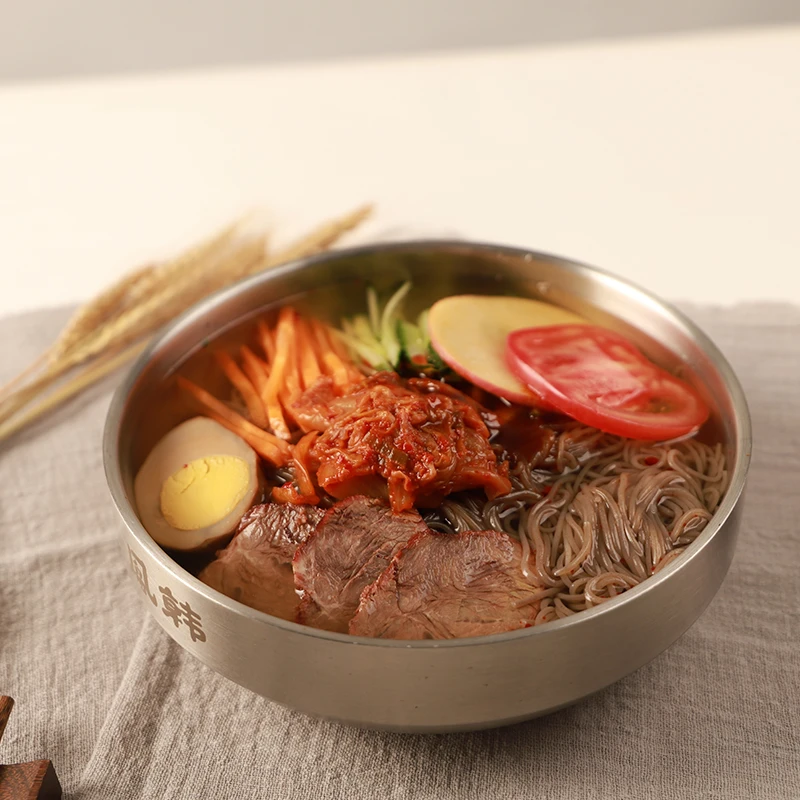Hand-Cut Noodles Crafted with Precision and Flavorful Toppings
Knife-Shaved Noodles A Culinary Journey Through Tradition and Flavor
Knife-shaved noodles, known as Dao Xiao Mian in Mandarin, are a beloved dish in Chinese cuisine that exemplifies the perfect blend of simplicity and technique. Hailing from the northwestern provinces of China, particularly Shanxi, these noodles have gained popularity both locally and internationally. Their unique preparation method, comforting texture, and versatility in pairing with various ingredients make them a staple in many households and restaurants.
The process of making knife-shaved noodles is an art form in itself. Traditionally, the noodles are created from a simple dough made of wheat flour and water. The key is in the consistency of the dough; it should be firm enough to hold its shape but pliable enough to be shaped effectively. Once the dough is prepared, it is rested to allow gluten to develop. This step is crucial, as it ultimately affects the texture of the noodles.
Knife-Shaved Noodles A Culinary Journey Through Tradition and Flavor
Cooking knife-shaved noodles is as important as their preparation. Many chefs prefer to blanch the noodles briefly in boiling water to achieve the right level of doneness. The goal is to maintain a chewy texture while ensuring they are fully cooked. Once the noodles are blanched, they can be immediately incorporated into a variety of dishes. Their neutral flavor profile makes them an excellent canvas for absorbing sauces and flavors from other ingredients.
knife shaved noodles

In terms of culinary applications, knife-shaved noodles are incredibly versatile. They can be served in soups, stir-fried dishes, or even cold salads. One popular way to enjoy them is in a hearty broth, enriched with meats, vegetables, and aromatic spices. The broth infuses the noodles with flavor, creating a satisfying and nourishing meal. Another popular method is stir-frying them with seasonal vegetables and protein such as beef, chicken, or tofu, coupled with a flavorful sauce that might include soy sauce, sesame oil, and garlic for added depth.
Beyond their delicious taste and unique texture, knife-shaved noodles hold symbolic significance in Chinese culture. They represent the connections between families and communities, often being made together during gatherings. The act of preparing these noodles—shaping the dough, cutting it with a sharp knife—encourages collaboration and conversation, embodying the essence of togetherness that is cherished in Chinese culinary traditions.
As global interest in authentic cuisine grows, knife-shaved noodles have started to appear on menus around the world. From trendy Asian fusion restaurants to local noodle shops, chefs are experimenting with this traditional dish, often infusing it with local flavors and ingredients. This fusion has led to exciting innovations, where chefs combine knife-shaved noodles with elements from different global cuisines, creating dishes like spicy Sichuan-style noodle salads or creamy carbonara-inspired stir-fries.
For home cooks looking to explore the world of knife-shaved noodles, there are numerous resources available. With a few basic ingredients and a willingness to practice the knife technique, anyone can embark on this culinary adventure. Online cooking classes and tutorials offer step-by-step guidance, demystifying the process and encouraging experimentation.
In conclusion, knife-shaved noodles represent far more than just a meal; they are a celebration of tradition, craftsmanship, and community. With their delightful chewiness and ability to absorb a myriad of flavors, they offer endless possibilities in the kitchen. Whether enjoyed in their traditional form or reinvented through modern cooking techniques, knife-shaved noodles are sure to continue captivating food lovers for generations to come.
-
Unleash Your Inner Chef with Delectable Italian Pasta CreationsNewsAug.01,2025
-
Savor Health and Flavor: Irresistible Soba Noodles for Sale Await!NewsAug.01,2025
-
Nourish Your Body with Premium Organic Ramen - A Culinary Delight AwaitsNewsAug.01,2025
-
Elevate Your Dishes with Our Exquisite Kinds of Egg NoodlesNewsAug.01,2025
-
Dive into Flavorful Convenience with Our Ramen OfferingsNewsAug.01,2025
-
Discover Exquisite Types of Naengmyeon and Chilled Soba NoodlesNewsAug.01,2025
-
Is Whole Wheat Pasta Healthy?NewsMay.30,2025
Browse qua the following product new the we

















































































































